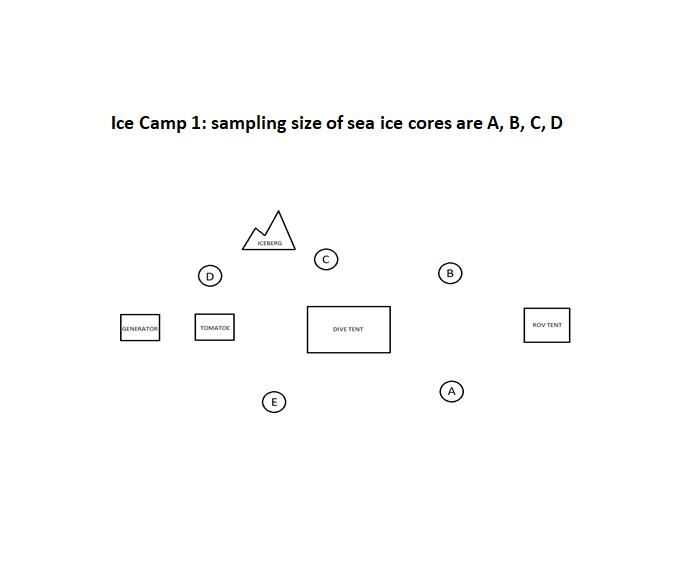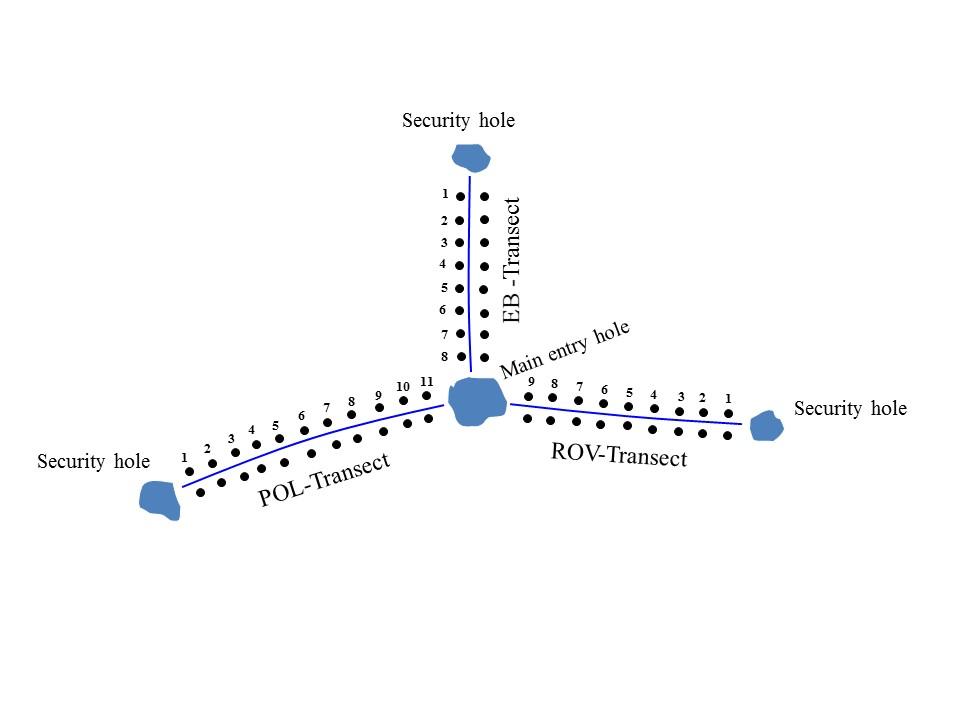- Acronym
- MicroWeddell
- Code
- PNRA13-C
- Anno
- 2013
- Research area
- Marine science
- Specific research topic
- Analysis of microzooplanktonic populations in the Weddell Sea
- Region of interest
- Weddell sea
- PI
- Serena Fonda Umani
- PI establishment
- University of Trieste
- Institutional website
- http://univ.trieste.it
- Other institutions and subjects involved
- OGS Trieste
- Consistency of the research team
- 2 Ricercatrici; 1 Ricercatore; 2 PhD student; 1 Post Doc
- Project status
- Completed
- Main stations used
- Basi Straniere
- The project
Microzooplankton (MCZ) consists of organisms ranging in size from 20 to 200 µm and is considered one of the main links in the marine trophic network. Recent studies indicate how microzooplankton plays an important role in the diet of numerous organisms in Antarctica, from copepods to the key species Euphasia superba (krill). There has been a noticeable decline in krill over the past 30 years, but the reasons for this decline are still poorly understood. This project is part of the larger study, conducted by German researchers, of the diet of krill larvae during their development in order to understand population dynamics during a period of major climate change such as the present.
Microzooplankton are not only prey for larger organisms but, in turn, predators of smaller organisms such as phytoplankton. Therefore, to comprehensively understand the role of microzooplankton, it was also necessary to investigate the compartment consisting of the smaller producers on which microzooplankton feed.
- Images
-
- Motivation, importance of research
Recent studies have shown that the MCZ in Antarctic seas plays a key role in the diet of numerous pelagic organisms, from copepods to Euphausia superba (krill). Little is known, however, about the importance of MCZ as prey at different times of the year, and the information we have concerning only the diet of krill larvae in the winter period is sparse and fragmentary. Krill is the central link between primary producers and higher-level predators. However, its abundance has declined over the past 30 years in relation to both the extent and duration of ice in recent winters and due to fluctuations related to recruitment. Krill larvae appear during summer, develop during winter, and during spring recruitment of the post-larval population occurs. In contrast to adults, krill larvae have less lipid reserve and cannot tolerate long periods of fasting, this causes them to have to continuously find food in order to have sufficient development. Studying the diet of krill larvae throughout their development is crucial in order to understand the population dynamics of krill in Antarctica, especially in view of ongoing climate change. In order to better understand krill population dynamics in a period of climate change such as the present, it is important to study the diet of krill larvae during all seasons of their development.
- Objectives of the proposal
The main objective of this project is to study the distribution of microzooplanktonic biomass in West Antarctica to assess the importance of MCZ as a food source for krill larvae in the Antarctic system by comparing MCZ present in water with organisms found inside the stomach of krill larvae.
1. To study the distribution of microzooplanktonic heterotroph biomass in the Scotia Sea and West Antarctic Ocean at two different periods.
2. To compare the microzooplanktonic population in water and ice samples with the stomach contents of krill larvae.
3. Compare the results of metagenomic analysis with traditional taxonomic analysis.
4. To compare the microzooplankton present in this Antarctic area with those obtained in the Ross Sea during past years, in order to assess regional variability, both in terms of biomass and composition.
5. Augment the Antarctic microzooplankton data set we already have for the Ross Sea (9 expeditions from 1988 to 2012).
6. Increase knowledge of the trophic role of microzooplankton in the polar food web.
- Activities carried out and results achieved
Samples of microplankton and krill larvae were taken by German researchers aboard the oceanographic ship "Polarstern" during the ANT-29/7 winter expedition carried out from August 14 to October 13, 2013 as part of the "WISKY" (Winter Sea Ice Study on Key Species) project in the Weddell Sea.
As part of the cruise, 68 ice samples and 6 water samples were collected in the Sea of Scotland and Weddell Sea area. Fifteen ice samples were taken in the area called ICE CAMP 1, 53 in the ICE CAMP 2 area, and 6 water samples from a hole drilled near ICE CAMP 2.
In ICE CAMP 1 area, samples were taken at five different sites (A, B, C, D, E) and three cores were taken at each site (A1-A3, B1-B3, C1-C3, D1-D3, E1-E3) (Fig. 1). In the ICE CAMP2 area, three transects were taken in the ice, named EB (EB1-EB8), ROV (ROV1-ROV9) and POL (POL1-POL11) (Fig. 2).
For each station, two cores approximately 1 meter long and 20 cm in diameter were taken. The cores were dissected into two parts, 0-10 cm and 10-100 cm. The different sections of each pair of cores were thawed with the addition of 0.2 µm filtered seawater. For under-ice samples, 5-10 liters of water were collected using a pump. All water samples were concentrated with a 10 μm mesh and reduced to 250 ml, the latter were fixed with CaCO3-buffered formaldehyde solution (final concentration 4%).
The ice and water samples were analyzed for the study of microphyte and microzooplankton component.
It was evident from the analyses that sympagic microplankton in the Weddell Sea had high abundances while the population in the free water was particularly low. Analyses of the sympagic population confirmed how, even in winter, it plays a key role within the Antarctic trophic system.
.
- Products
Monti-Birkenmeir M., Diociaiuti T., Fonda Umani S., Meyer B. (2017) Microzooplankton composition in the winter sea ice of the Weddell Sea. Antarctic Science. https://doi.org/10.1017/S0954102016000717

